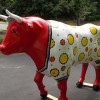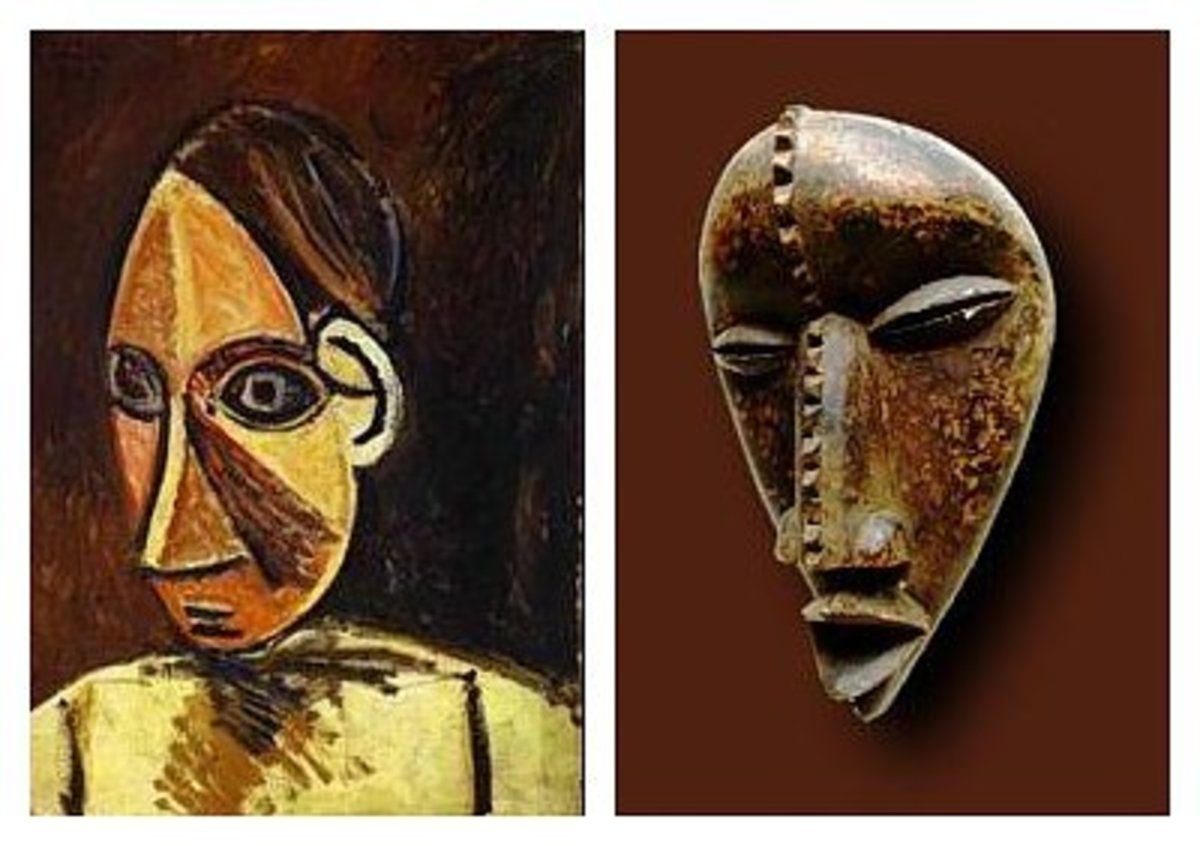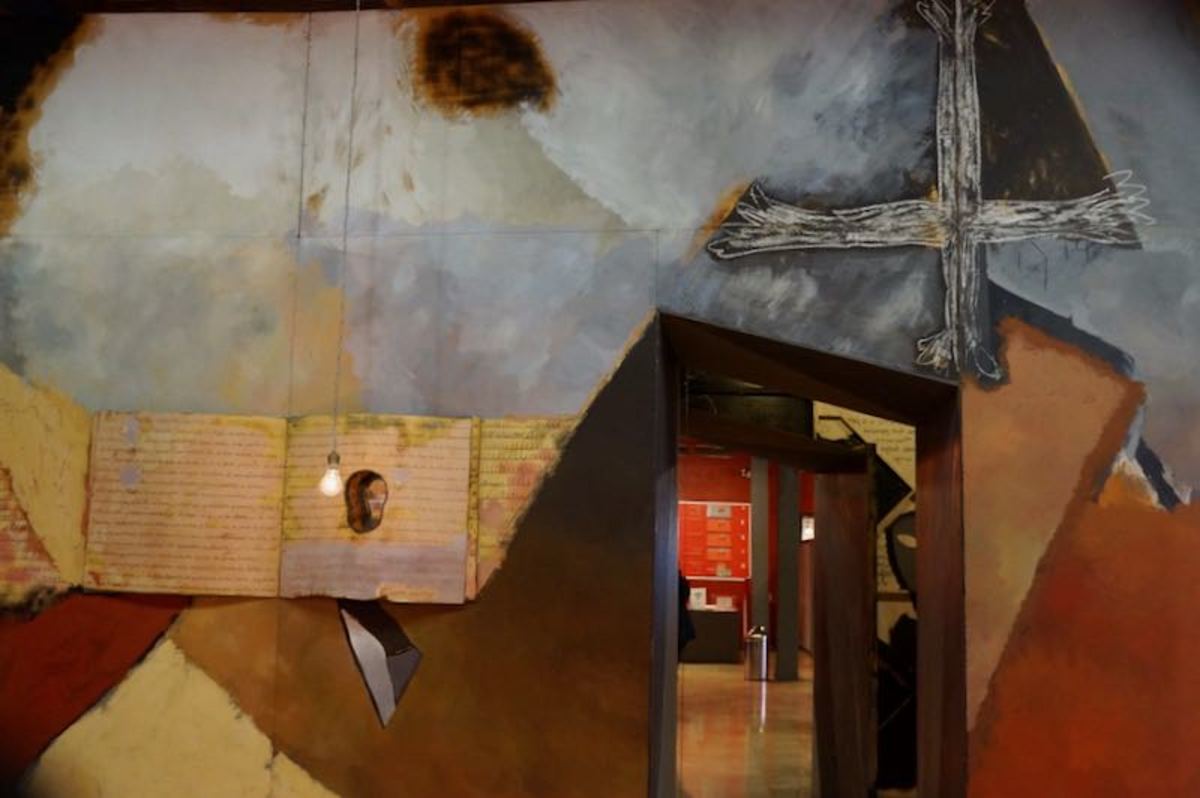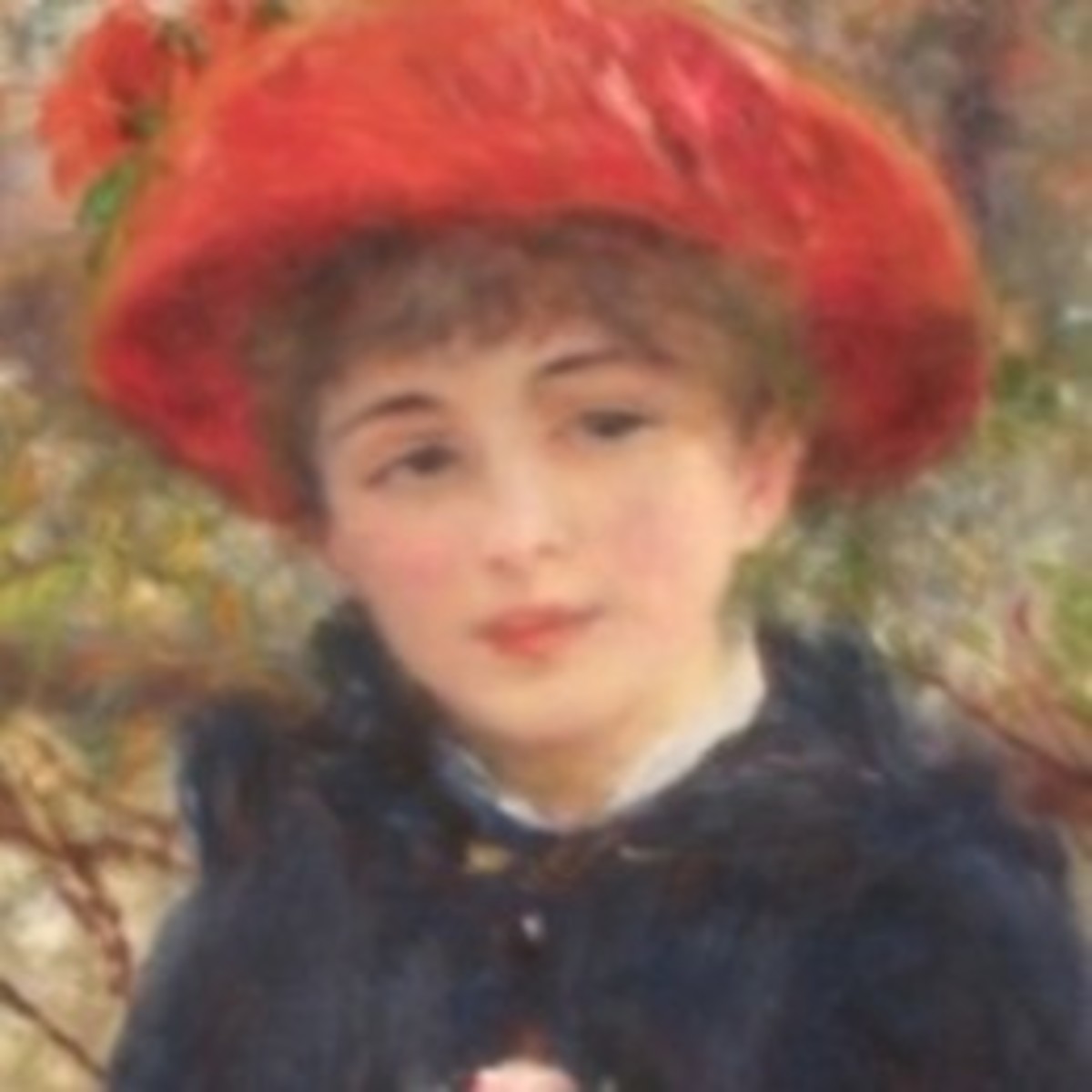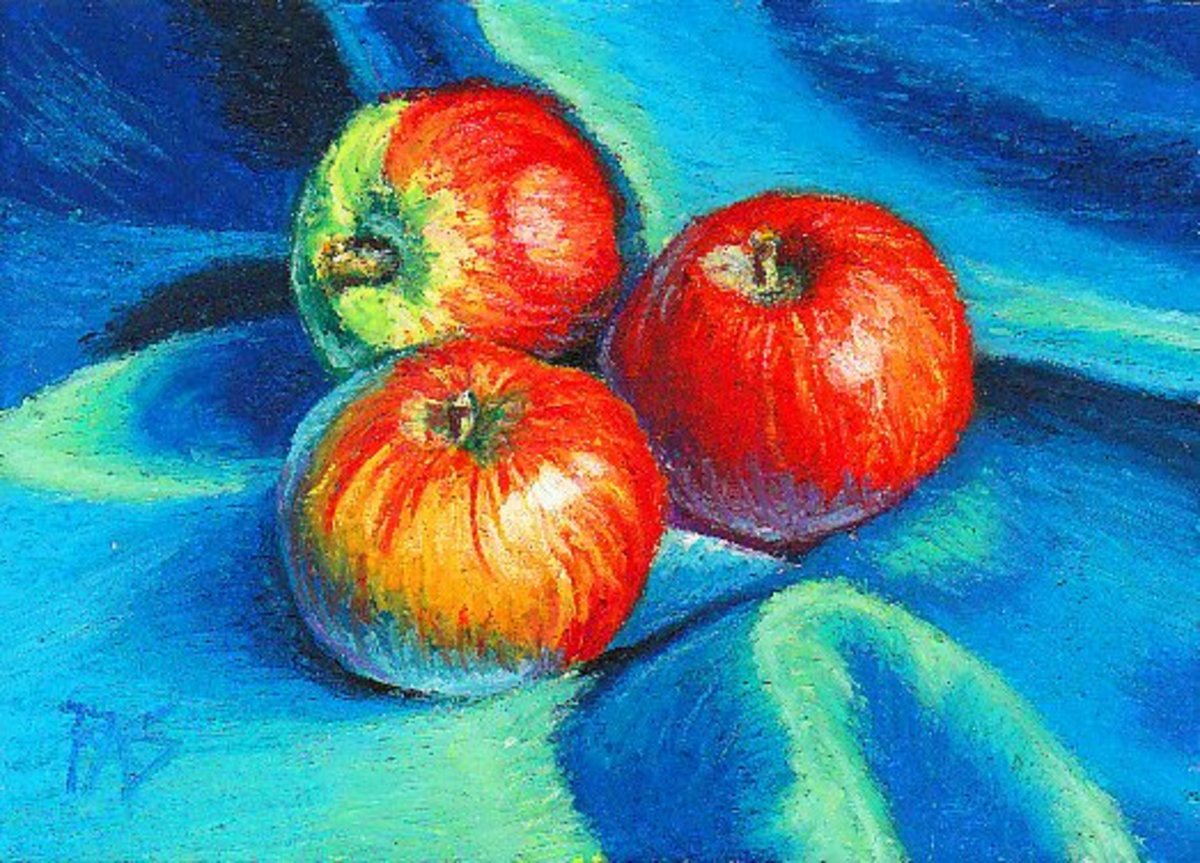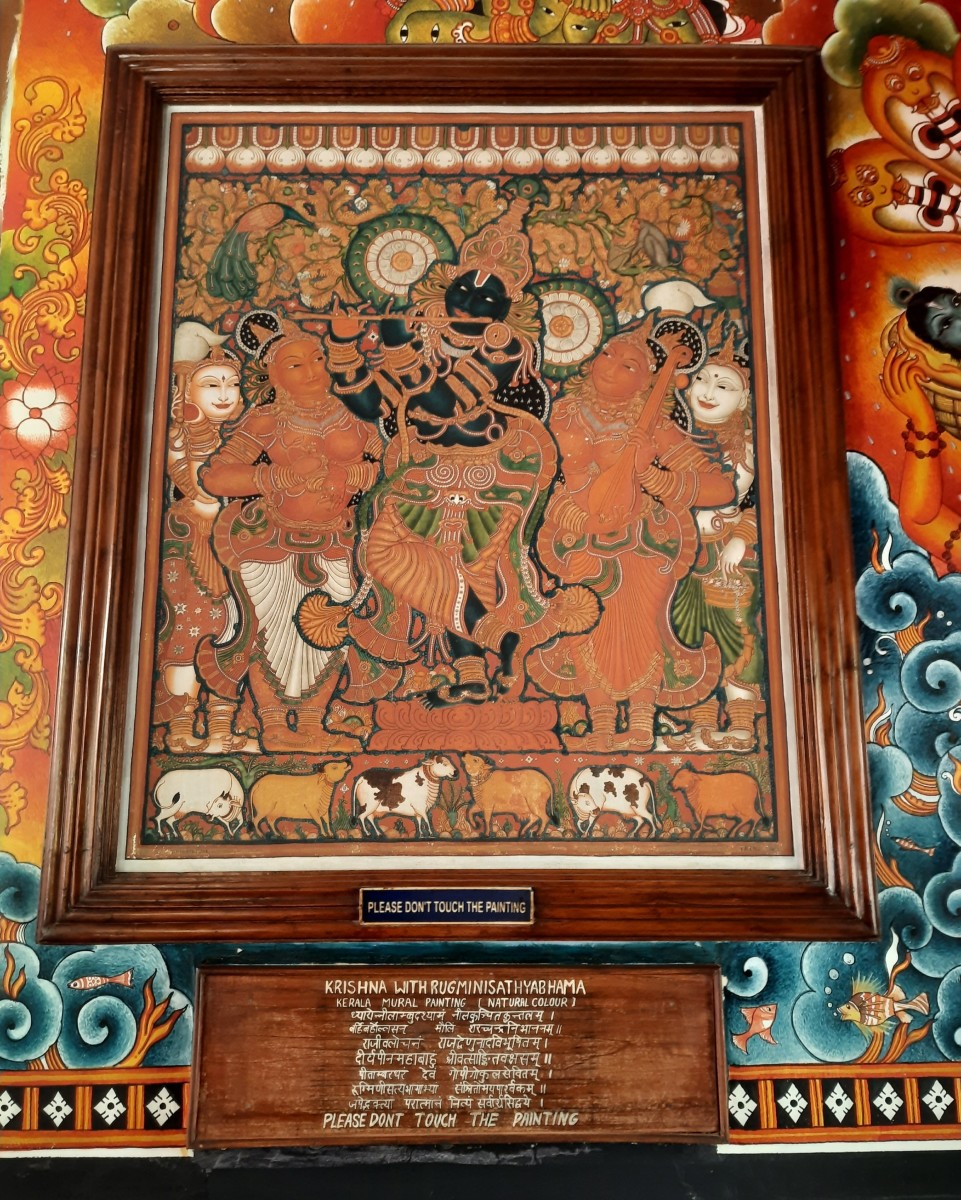Polyanalogism in modern art
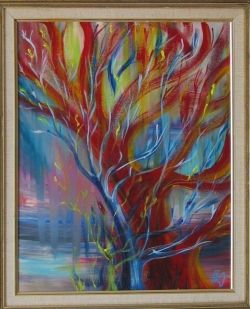
Polyanalogism in modern art. What is it? (by Tatiana L.Sougakova)
There is a need for a new term in the modern art world, that describes something that some artists are naturally gravitating towards. Therefore I want to suggest this new term - POLYANALOGISM.
Visual analogies in abstract art have been described before and experimented with. Notably, by Betty Edwards in her book Drawing on the Artist Within. Betty asked her students to draw pencil analogies of assigned feelings and thoughts like "Femininity" , "Depression" or "Peacefulness". Later she analyzed the drawings and found many similarities within the same topic, both in composition and use of lines and patterns. For example, while drawing peacefullness many students would use horizontal, wavy lines. Betty Edwards was able to prove the language of visual analogies and why many viewers are able to interpret abstract visual analogies in the same way.
But POLYANALOGISM is a term that describes not just abstracted or semi-abstracted visual analogies, it describes the intent of the artist to infuse the artwork with intentional ambiguity or multiple visual references. Artworks in this style would intentionally build in several visual analogies open for the viewer to discover. Polyanalogism in an interactive style that poses some questions for the viewer. If the viewer wants to know an answer he/she just has to look at the painting a bit longer. The painting above by Tatiana L.Sougakova is called "A tree of life" is created to show similarities, visual analogies between many things, as well as draw on some philosophical symbolism.
The image is intended to look like several things at the same time:
- trees (the most obvious analogy)
- estuaries of rivers (blue tree)
- stylized fire flames (red tree)
- arteries and capillaries (red and blue trees)
It also makes visual reference to:
- energies of sunlight (yellow tree), water (blue tree), fire (large red tree)
- energies of opposites, that combine to build a whole
- biblical notion of tree of life
- fractal similarities of many forms in nature
This painting was painted to show similarities in patterns in nature, with the intent to lead the viewer towards the feeling of harmony and unity in the Universe.
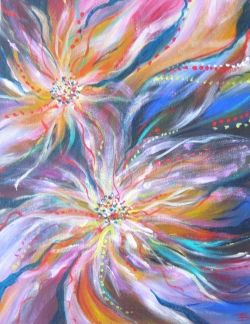
Other works in polyanalogism.
By Tatiana L.Sougakova
More examples of POLYANALOGISM (non representational art inspired and infused with many visual analogies, ready to be interpreted by the viewer in many ways).
This particular painting is one of more "representational" examples of polyanalogism style. However, when I was seeking inspiration for it several images superimposed onto one another in my brain, as if several slides were shown in a stack, with images overlapping one another:
- fireworks on dark sky
- flowers lit by a flashlight at night
- sea anemones (strange under sea animals, that look like flowers)
All these references are embedded in the final image with the thought about how universal some shapes and patterns are in nature and in the world around us.
Great art book by Betty Edwards - Lots of deep ideas about art perception.
Although this book was written a while ago, it does not feel outdated. Book with a lot of fabulous ideas, comparisons and thoughts.
Would you like to see, how the future of visual perception was predicted in the 80s? Read it.
It is a fabulous guide describing the "language" of visual perception.
Flippable artwork (Flippables) - Flippables by Tatiana L.Sougakova
Another style that is engaging the viewer to physically interact with the image is FLIPPABLES. This playful term is also suggested by Tatiana Sougakova to describe interactive art, that is designed for 4-way orientation. At every rotation a painting gives slightly different impression. The owner can interact with the painting and hang it any side up.
The idea of being able to hang a painting any side up is not particularly new. There are examples as early as 16th century of artists trying to use it (Giuseppe Archimboldo). Most abstract art when not marked by the signature in the corner is a bit confusing, the owner might have hard time establishing where is the top and where is the bottom.
The name and deliberate interactivity with the viewer is what is new. Paintings are wired for 4-ways positioning on the wall. I want the viewer to decide which side up he/she wants to see the picture today.
To better illustrate this point here is the video, that shows each painting rotated 4-ways.
